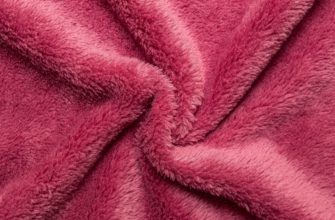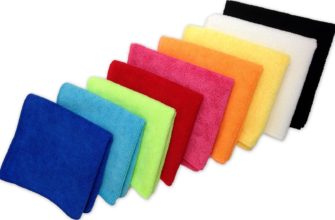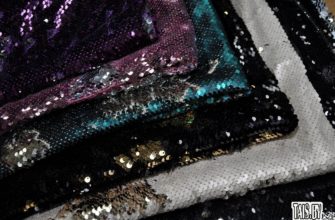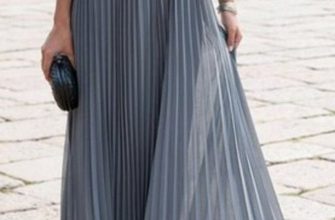Terylene is an elastic and lightweight fabric of synthetic origin, made from petroleum products. What kind of fabric is terylene, its composition and how to use it, became known in the last century, closer to the forties. At the same time, it was widely used, and the development of technology allowed the material to be launched into global production, adding it not only to woven products, but also to heavy industry.
Lavsan is a name of Russian origin from the word "terylene", it is more often found in the composition of finished products made of fabric material. In modern times, this type of material is called "polyester".
Discovery and history of creation
Polyethylene terephthalate (PET) was first discovered in 1941 by English chemists D. Dixon and D. Winfield. It was derived by synthesizing a thermoplastic polymer during the processing of coal and oil products. After many experiments, an artificial, durable and elastic synthetic material was obtained, which was named PET.
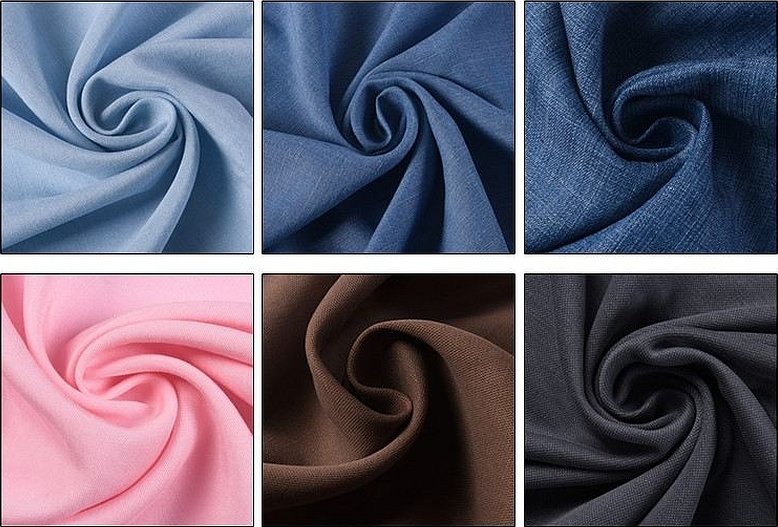
With the help of this material, the production of adhesive tape, packaging containers, etc. began, but there was no talk yet about its use in the manufacture of clothing.
In the Soviet Union, employees of the Academy of Sciences took up the development of polymers, and by 1949, having achieved success, they introduced this technology into production and began to produce materials of the polyester class. In the USSR, this type of material was called "lavsan".
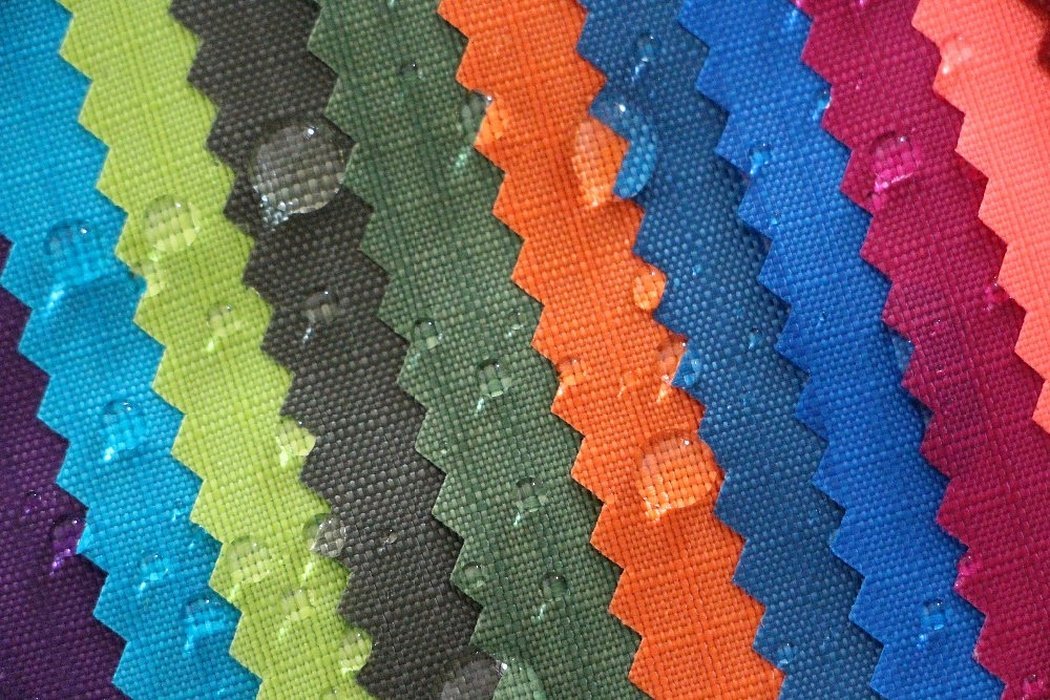
This discovery began to be used more often by the 60-70s of the 20th century in the form of film products, plastics and fibers. After some time, bed linen, furniture shoes, clothes, etc. began to be produced from fiber polyester (polyester 100). For those times, a fabric with excellent properties, not requiring ironing and washing for several months, was positioned as a miracle of modern technology.
Please note! In different countries, the name of lavsan is interpreted differently: in Germany it is tekadur, in the USA it is dacron, in England it is terylene, but in Japan it is tetron.
Production
For the production and manufacture of terylene fabric, petroleum derivatives and coal (ethylene glycol and dimethyl terephthalate) are used.
Stages:
- Preparation of raw materials - purification and conversion of the purified product into polymer compounds.
- Obtaining polyester threads and fibers by softening the polymer and removing various impurities.
- Thread forming: a dosed melt passes through a spinneret, after solidification it is wound onto specialized devices.
- Bleaching, washing of threads, painting. As a rule, additional finishing actions are carried out at this stage, allowing to reduce adhesion, electrification, procedures are carried out, increasing the strength of the material.
- By interweaving fibers by crossing threads, fabric is produced.
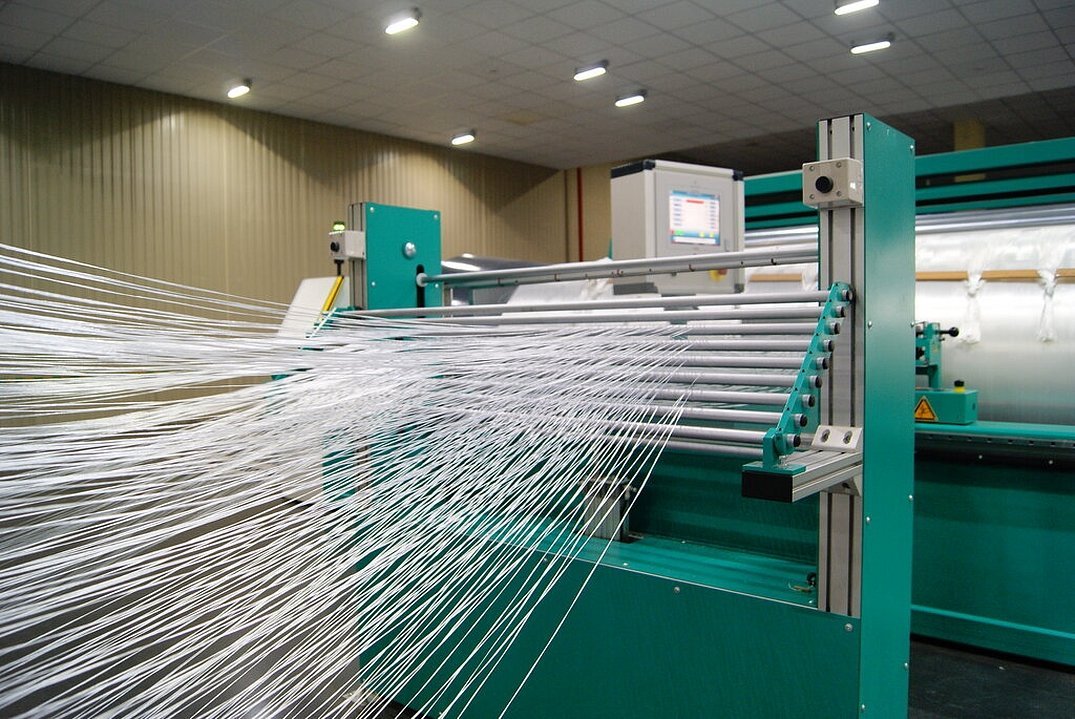
Lavsan - what is it and what are its characteristics
Lavsan is a synthetic fabric based on polyesters. Lavsan fibers are used not only in pure form, but can also be combined with wool, cotton or viscose. Afterwards, textiles are produced from the resulting material: clothing, curtains and other fabric accessories needed in everyday life and home life.
The appearance of lavsan is distinguished by a significant variety of colors and textures. When interacting with other materials, it acquires a different density, which allows for the creation of more diverse products. In addition, the resulting fabric lends itself well to dyeing, and can be classified as a lightweight material. It remains just as bright and shiny for a long time after use.
Physical properties
The density of lavsan fluctuates between 1.38 and 1.4 g/cm³. When the raw material is heated to 70 °C, a glass transition reaction occurs, at a temperature of 245 °C, a softening process occurs. Reaching 260 °C, it begins to melt, at a temperature of 350 °C, polyester is completely destroyed.
Additional information! The material is not resistant to alkali, strong acids and ketones. It does not dissolve in organic solvents and water.
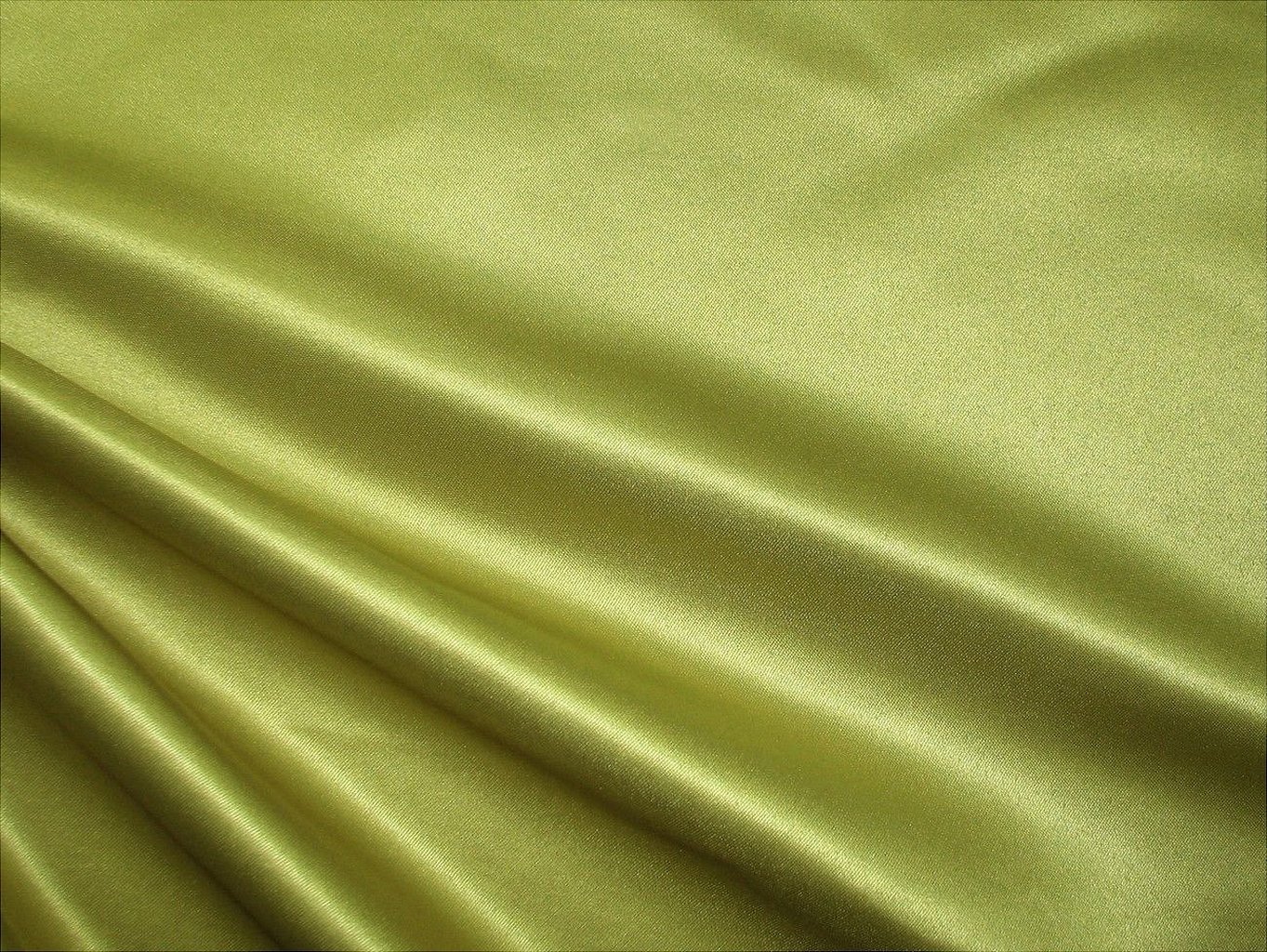
How to tell the difference between nylon and lavsan?
Both threads are derivatives from the group of synthetic or polymer products. They can be used in knitwear both together and separately. Both lavsan and capron are produced from the products of coal and oil processing.
Distinctive characteristics.
Lavsan has its own characteristic features and differences from other materials:
- The base of the materials is different: nylon is made from the polymer polycaprolactam, while lavsan is made from terephthalic acid and ethylene glycol.
- When wet, nylon thread loses its strength, which cannot be said about lavsan: when immersed in water, the properties of the material remain unchanged.
- Nylon is more abrasive than most existing materials. Lavsan is the complete opposite and can withstand temperatures up to 180 degrees without deformation.
- Lavsan resembles “wool” in its texture, while nylon resembles “silk”.
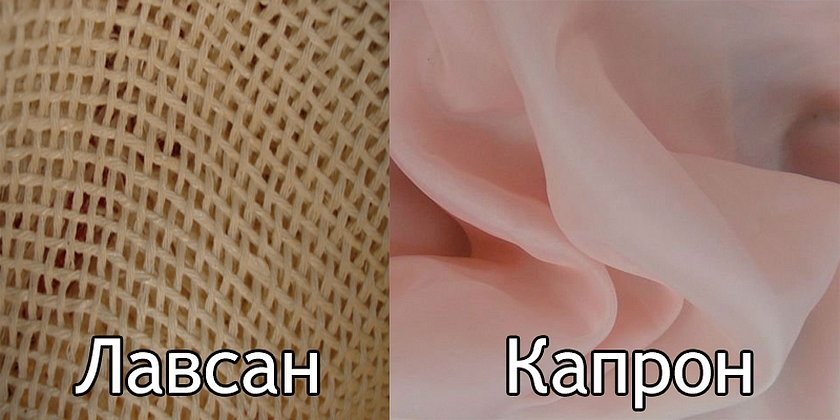
Scope of application
Terylene in its pure form is used for the production of:
- Raincoats and raincoats;
- Umbrellas;
- Tablecloths and napkins;
- Curtains for bathrooms.
Lavsan is also added to the raw materials during the production of various materials to increase wear resistance, shape retention and strength. Due to this, fabrics do not lose their original appearance and retain it for a longer period, this also allows the raw materials to be widely used in the light industry (such products include: satin, georgette, crepe, pique, taffeta, knitwear, etc.).
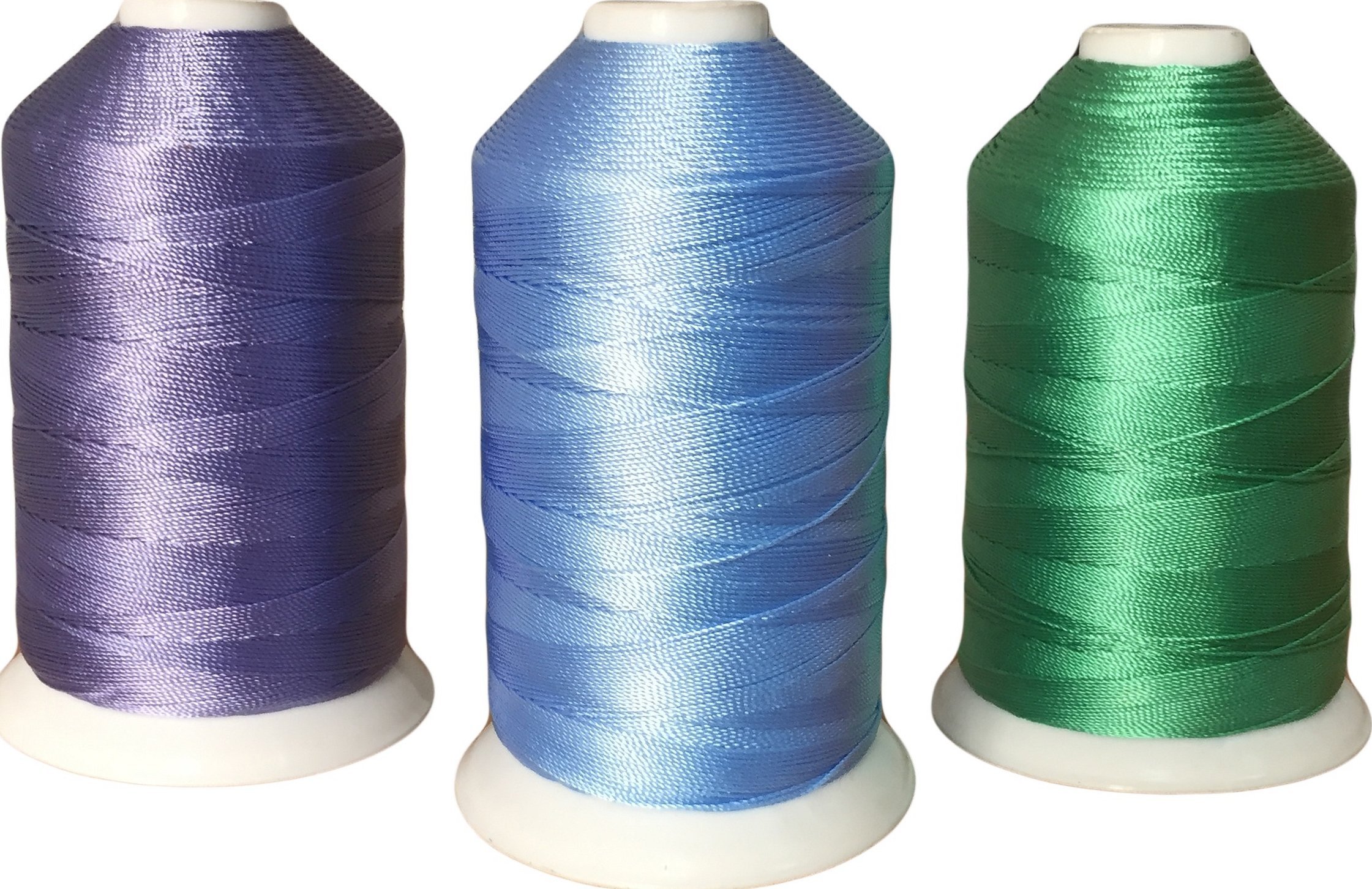
After obtaining lavsan and studying its special properties, it began to be used in other areas besides light industry:
- Due to its resistance to high temperatures and chemical compounds, it has found application in the chemical industry.: production of bags, plastic containers, bottles, etc.
- Due to its resistance to repeated mechanical impacts, the material has found its place in the production of industrial equipment: drive belts, ropes, conveyor belts, etc.
- Since the human body's reaction to synthetics does not result in rejection and is not absorbed by it, lavsan threads and materials have found their place in medicine: vascular and heart valve prostheses, surgical threads, endoprostheses.
Pros and cons
Polyester retains many advantages, and clothes made from this material are relatively safe and durable. It looks bright, has many textures and does not fade in the sun. A good sign is the high strength of the material when used in any of the industries. Clothes made from fabric using lavsan are lightweight, do not require ironing, dry quickly, and most importantly - inexpensive.
Additional information. Due to the synthetic origin of the fabric, it is not subject to attack by moths. Therefore, you can store clothes without linen covers without fear.
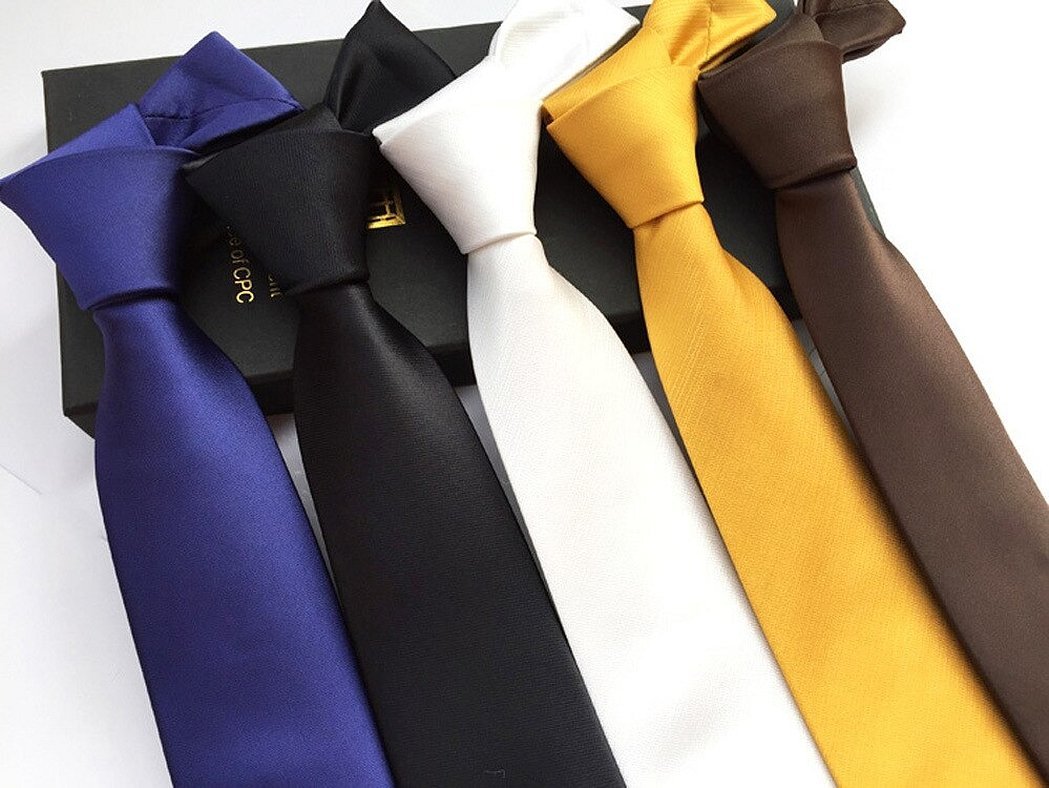
Despite all the advantages, there are some signs that cause inconvenience:
- Clothes accumulate synthetic electricity;
- Does not allow air to pass through;
- Very stiff fabrics may cause discomfort when worn;
- Should not be worn for more than 20 hours.
Care instructions
The basic rules of care are:
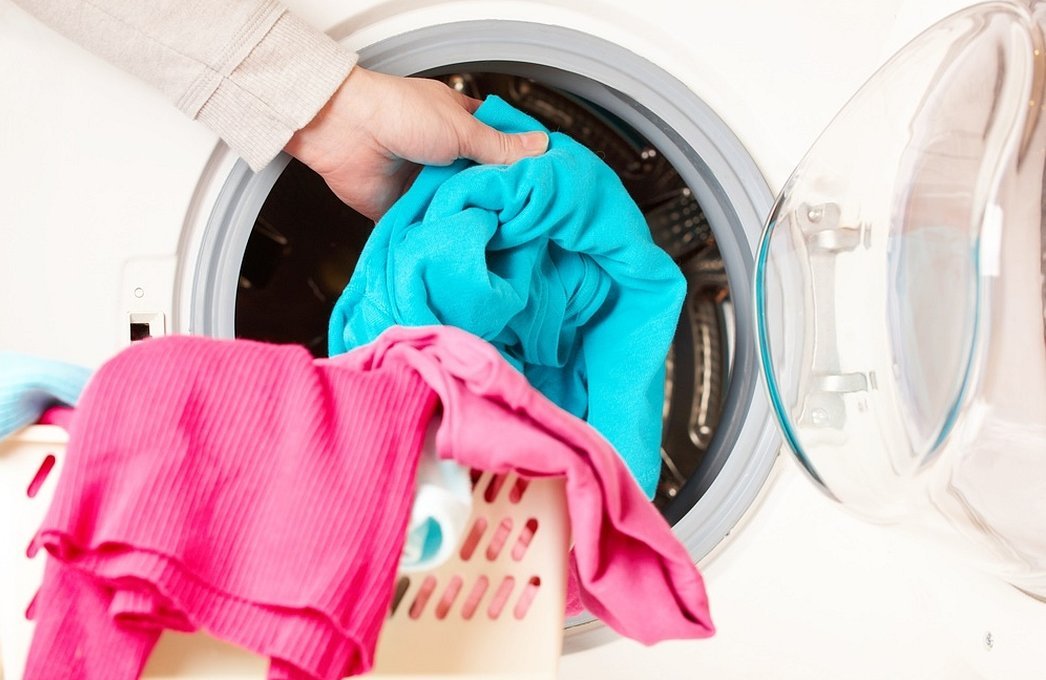
- The washing temperature should not exceed 40°C.
Important! At high temperatures, the product may form creases!
- Wash without adding chlorinated products.
- If the polyester is 100%, it does not need ironing. If the fabric only has some polyester added, it is enough to hang the item on a hanger and straighten it when drying.
- If there is still a need for ironing, it should be done through damp gauze.
- It is better not to use wringing, and you should also not wring out the clothes, despite their elasticity, the service life can be significantly extended with careful care.
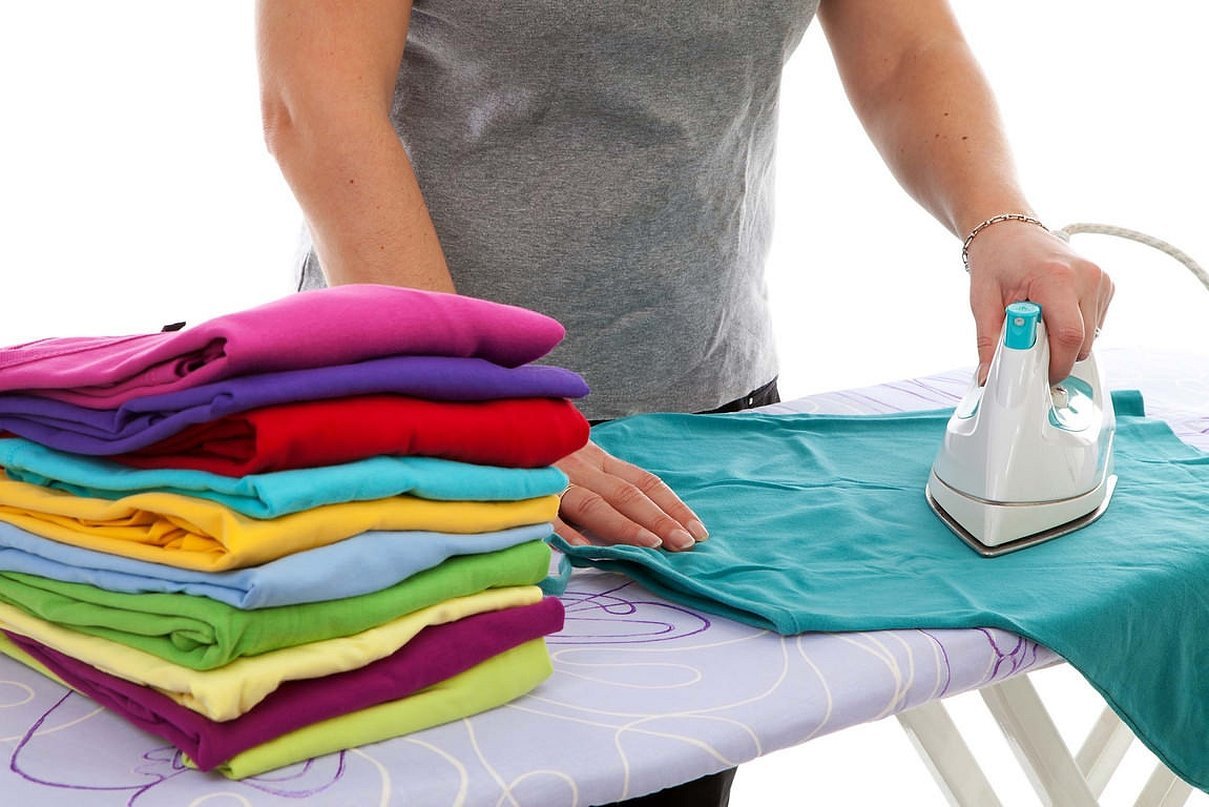
Polyester currently occupies a significant niche in the market for the production of fabrics and industrial products. Due to its strength and easy compatibility with other materials, its value increases significantly with the introduction of increasingly high technologies.
It becomes easier to obtain more diverse products over time, their characteristics acquire a more positive character. Clothes made from this type of fiber are already called "clothes of the future": for their practicality, ease of care, durability and inexpensive price niche.

